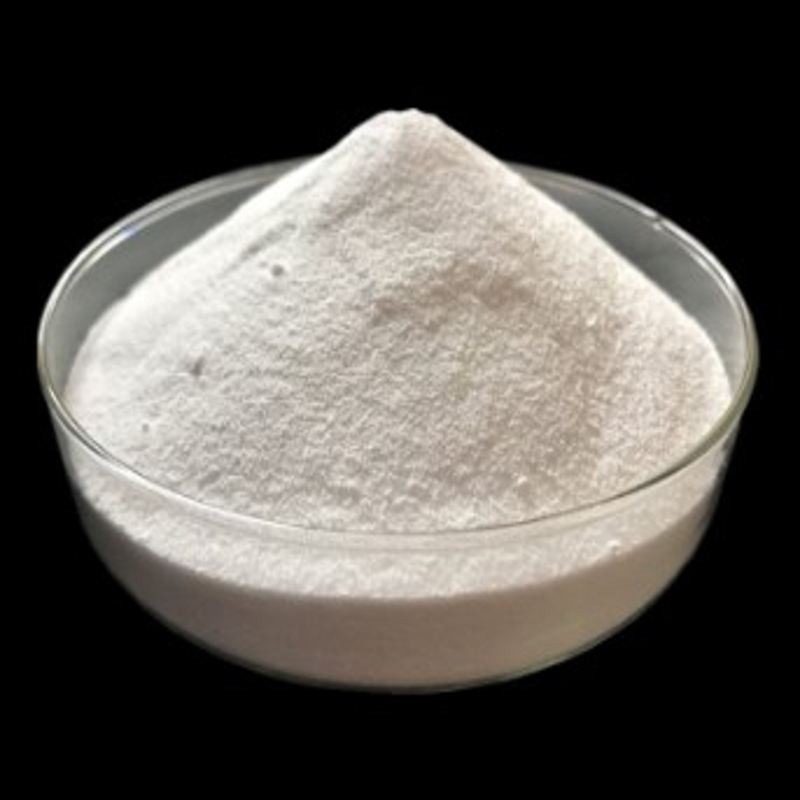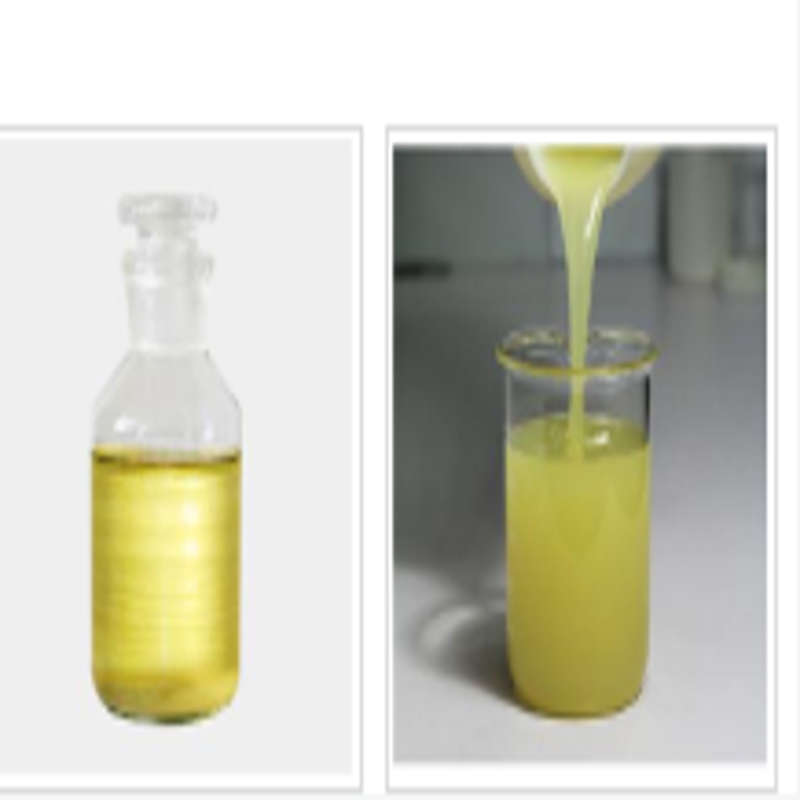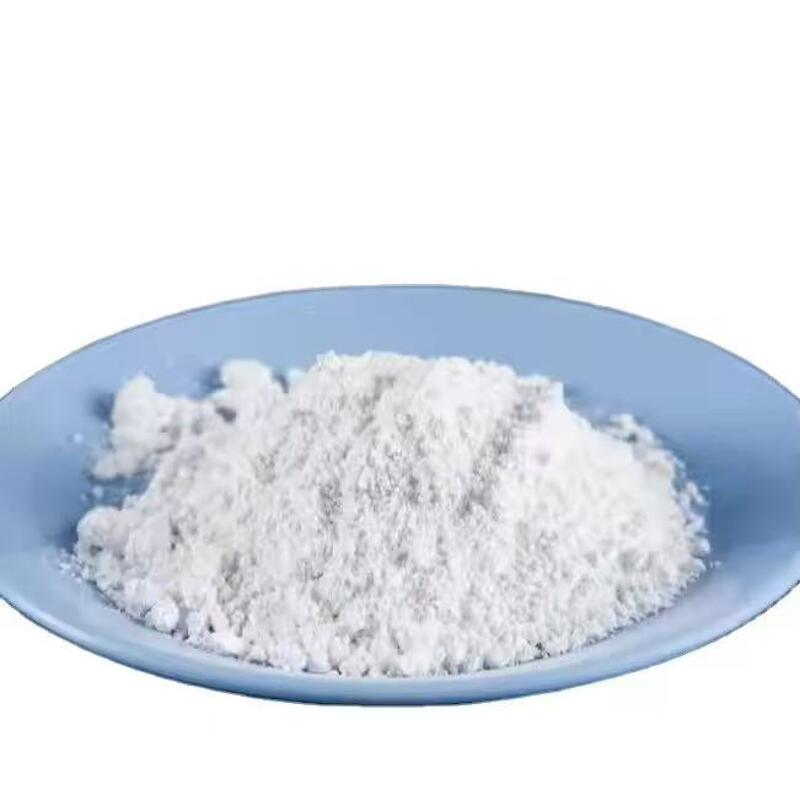-
Categories
-
Pharmaceutical Intermediates
-
Active Pharmaceutical Ingredients
-
Food Additives
- Industrial Coatings
- Agrochemicals
- Dyes and Pigments
- Surfactant
- Flavors and Fragrances
- Chemical Reagents
- Catalyst and Auxiliary
- Natural Products
- Inorganic Chemistry
-
Organic Chemistry
-
Biochemical Engineering
- Analytical Chemistry
-
Cosmetic Ingredient
- Water Treatment Chemical
-
Pharmaceutical Intermediates
Promotion
ECHEMI Mall
Wholesale
Weekly Price
Exhibition
News
-
Trade Service
Calcium dihydrogen phosphate (CaHPO4) is an important compound in the chemical industry, with a wide range of applications in the food, agricultural, and pharmaceutical industries.
The compound is commonly obtained through several synthetic routes, which include the following:
- The precipitation route: This is the most common method used for the synthesis of calcium dihydrogen phosphate.
In this process, a solution of calcium nitrate and phosphoric acid is allowed to react, leading to the formation of a precipitate.
The precipitate is then collected, washed, and dried, resulting in the formation of calcium dihydrogen phosphate. - The hydrothermal route: This method involves the reaction of calcium oxide and phosphoric acid in an aqueous medium.
The reaction produces a solid material that is collected, washed, and dried to yield calcium dihydrogen phosphate. - The solvothermal route: This process is similar to the hydrothermal route, but uses a solvent in addition to water.
The solvent is typically an organic acid, such as acetic acid or propionic acid. - The thermal decomposition route: In this method, calcium phosphate is heated in the absence of moisture to high temperatures.
The heat causes the compound to decompose, forming calcium dihydrogen phosphate. - The direct reaction route: This involves the direct reaction of calcium and phosphorus atoms, typically in the presence of a catalyst.
The reaction produces calcium dihydrogen phosphate directly, without the need for intermediate compounds.
Each of these synthetic routes has its own advantages and disadvantages, depending on factors such as cost, yield, and purity of the final product.
For example, the precipitation route is relatively simple and inexpensive, but may produce a lower-purity product due to the presence of impurities in the reactants.
On the other hand, the direct reaction route is more complex and expensive, but can produce a higher-purity product with improved chemical stability.
The synthetic routes of calcium dihydrogen phosphate also differ in terms of the purity of the final product.
Pure calcium dihydrogen phosphate is a white, odorless, and water-soluble solid that is used in various applications, including as a food additive, a fertilizer, and a pharmaceutical excipient.
The purity of the final product depends on the purity of the starting materials and the reaction conditions used in each synthetic route.
For example, the precipitation route typically produces a product with a purity of 95-98%, while the direct reaction route can produce a product with a purity of 99.
9%.
In conclusion, calcium dihydrogen phosphate is an important compound in the chemical industry, with several synthetic routes available for its production.
The choice of synthetic route depends on factors such as cost, yield, and purity, and each route has its own advantages and disadvantages.
The final product can be used in various applications, including food, agriculture, and pharmaceuticals, and its purity is an important factor to consider for these applications.







